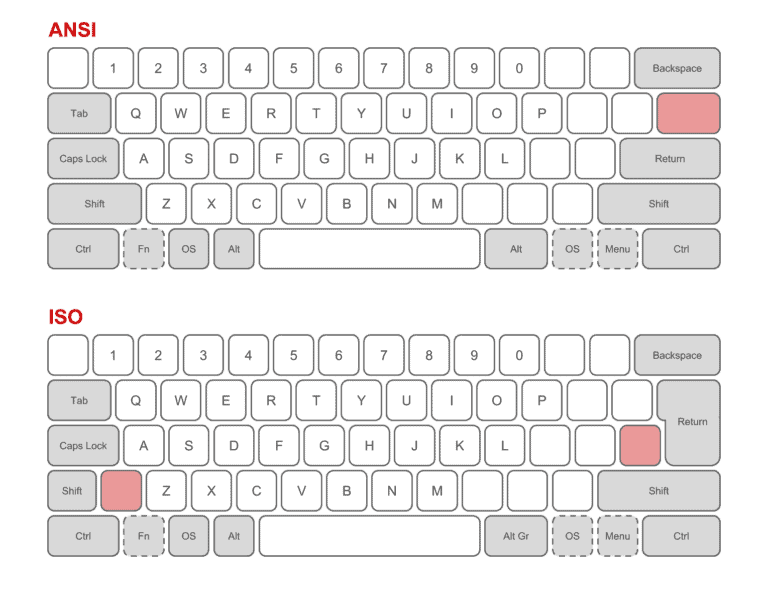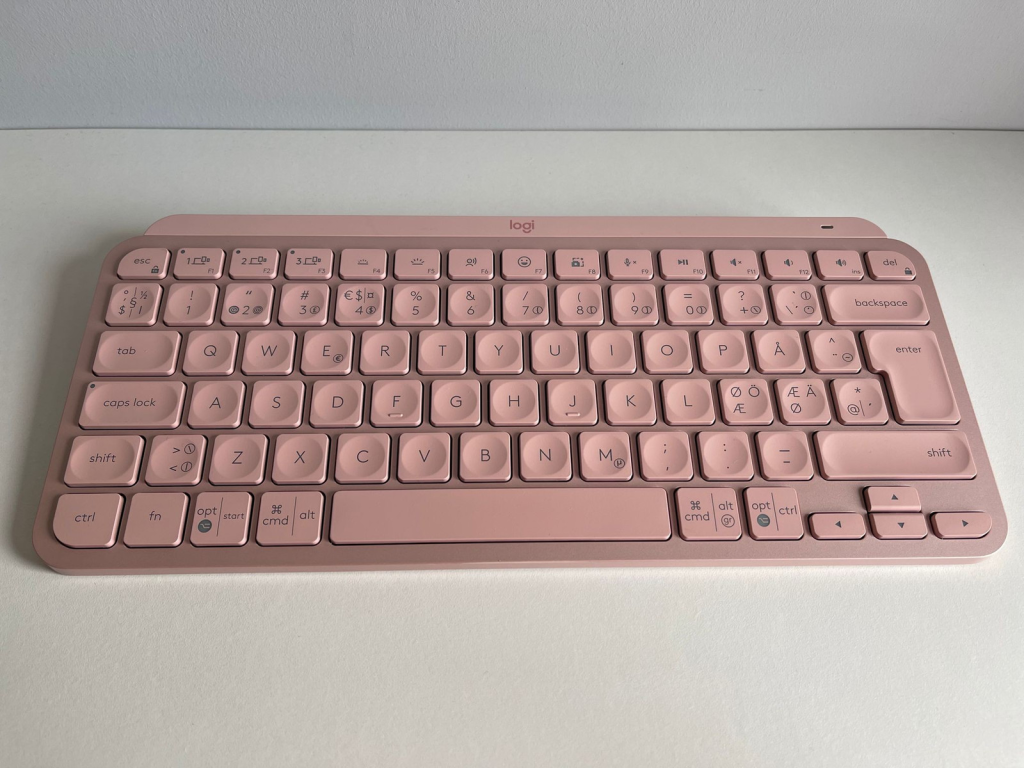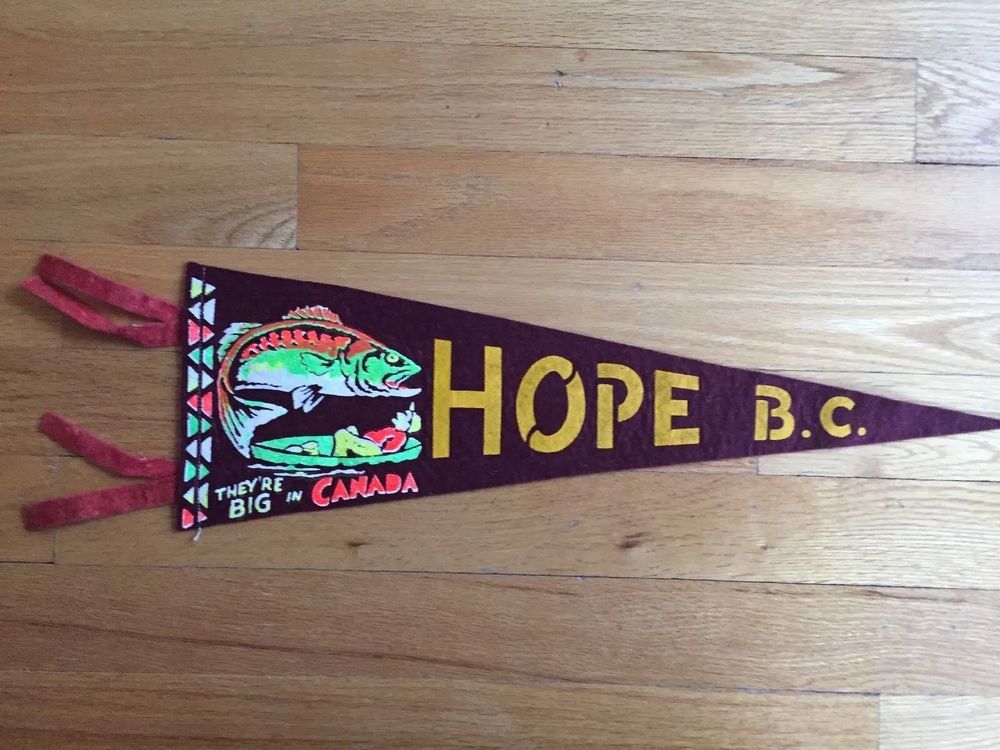
I use the expression, democracy tax to indicate a willingness to pay more for goods and services that are made in democratically governed countries, as opposed to paying less for equivalent goods from countries that are more autocratic. Despite its shortcomings, I generally use the latest Democracy Index, as provided by the Economist Intelligence Unit (EIU), to determine a country’s relative placement.
The countries where I have the greatest emotional attachment had the following rankings on the first EIU Democracy Index, made in 2006: Norway (4), Canada (9), Ireland (11) and USA (17), listed in ranked order. In 2021, the ranks were: Norway (1), Ireland (7), Canada (12) and USA (26). Our nuclear family of two parents and two adult children are all citizens of Canada. My wife and children are citizens of Ireland. All but one child are citizens and residents of Norway. That one child lives in USA, along with numerous other relatives.
Countries where I also have some emotional attachment include other Nordic countries (ranked 1, 2, 5 & 6 in 2006, but 3 – 6 in 2021). This ranking pattern of 2006 followed by 2021 continues below. In addition, I attempt to support other democratic countries economically, where this is possible. These countries include many members of the European Union and Switzerland (10 – 9). In Latin America I am especially impressed with Uruguay (27 – 13) and Costa Rica (25 – 20). In Austral-Asia, New Zealand (11 – 2), Taiwan (32 – 8), Australia (8 – 9), South Korea (31 – 16) and Japan (20 – 17) are to be praised. In sub-Saharan Africa, I attempt to give theoretical support to Mauritius (25 – 19). Yes, Mauritius and Costa Rica were tied in 2006, as were Ireland and New Zealand.
Ranking for some of the larger European Union countries: Germany (13 – 15), France (24 – 22), and Italy (34 -31).
If countries should be mentioned where I feel an emotional detachment, not because of the people themselves, but because of their political systems: United Kingdom (23 – 18) for leaving the European Union, Russia (102 – 124) for its invasion of Ukraine, and China (138 – 148) for its oppression of Hong Kong, and threats against Taiwan. Note, figures presented were from 2021 before the latest, 2022-02-24, Russian invasion of Ukraine.
Since the Russian invasion, I have attempted to prioritize purchases from the most democratic countries, and to avoid the least democratic.
A democracy tax is voluntary. In many cases, there are few if no choices available. Such is the case in Norway about food stuffs. Many of these are produced by agricultural cooperatives in Norway. Unfortunately, Norway is incapable of supplying all of its nutritional needs. So products are imported into Norway by the major grocery wholesalers. Admittedly, in some areas it is easier to exercise one’s ability to choose where something is made, than others. Below are examples of attempting to pay the democracy tax on a big-ticket item, and smaller-ticket items often related, specifically, to computing in its various forms.
Big-ticket items
Our first application of the democracy tax was with respect to ordering a new electric vehicle. We decided to exclude cars from China, but to consider cars from France, Germany, Italy and South Korea. A Volkswagen ID.Buzz was ordered on 2022-05-23, and delivered on 2023-02-13.
There are cheaper EVs than the Buzz. There is also conjecture that next year’s EV will be cheaper this this year’s. Yet, as old people we felt we could not put off buying a new vehicle indefinitely. Similarly, it was announced that features we might appreciate would be coming after the initial release. These included four-wheel drive, and removable rear seats. We decided we could live without them, and accept something simple.
Smaller-ticket items
The residential charger we installed for our EV cost about 5% of the cost of the EV itself. It is possible to save money buying a charger from a less democratic part of the world. However, with about 2/3 of the price related to installation, this would not save much money. We opted to buy one that was made in Norway, the Easee Home. We also opted to increase the length of wiring needed so that we could park the car as we have done for the past thirty-four years.
We decided to buy Asus Zenfone 9 hand-held devices (cell phones), with 16 GB RAM and 256 GB of storage. Asus equipment is typically designed in Taiwan, but made in China. These were purchased in 2022-09 to replace a Chinese designed and made Xiaomi Pocophone F1 purchased in 2018-12. Because hand-held devices control so much of a vehicle’s functions, we decided we wanted to have phones purchased before the arrival of our new EV, even though the Pocophones probably could have lasted an additional year or two. One irritation with the Pocophones was the almost continuous request for tracking permissions, that had been previously denied. While the Zenfones cost over twice the price of the Pocophones, they still cost less than equivalent phones that our children buy. In the eight months of ownership, we have not had a single tracking request.
There are two types of keyboards, ANSI – used in USA, and ISO – used mainly in Europe.

I use ISO, not ANSI. Yet, when I bought a laptop in 2019, I had not thought about that important fact, and ended up buying an Asus Vivobook with an ANSI keyboard. That choice was regretted almost every day. Thus, when Trish’s machine was over seven years old, I allowed myself the luxury of buying us both new laptops, with ISO keyboards, despite the fact that my laptop was only three years old.
Originally, I expected to buy Asus Zenbooks, like Trish’s older machine. However, it appears that Asus is only offering ANSI keyboards with their laptop machines. We ended up with Acer Swift 3 machines, which – because of their inferior screen technology – cost considerably less than a Zenbook. Both Asus and Acer machines are typically designed in Taiwan, but made in China.
I also use a desktop machine, in addition to a laptop. This requires the use of additional equipment. For a long time I avoided buying an ergonomic mouse and keyboard, despite their advantages. Most are expensive, and I didn’t think they were worth the price, despite an official diagnosis of osteoarthritis in a large number of joints in my hands. By 2021, I had changed my mind, transitioning from a Logitech M535 mouse and a K380 keyboard to a more ergonomic Logitech MX Vertical mouse and a K860 Ergo keyboard. Because of vision issues, I also purchased a better monitor/ screen/ display made by AOC. Logitech is a Swiss company. AOC is a Taiwanese company.
Not all of our capital expenditures are related to computing. More recently, the local yarn shop closed down. Patricia decided that she could afford to buy about five years worth of supplies, at half price. Here, she was able to purchase Norwegian brands. Yet, one wants to ask how much of these use Norwegian wool exclusively?
For some months I have been concerned about the inability to adjust my Ryobi mitre saw to compensate for cutting deviations I experienced. My solution was to buy a smaller, but more accurate Bosch mitre saw that will meet my needs. Previously, I had replaced a Scheppach table saw with a Bosch table saw, and am considering just one further replacement, a Coop brand track saw with yet another Bosch model. I have discovered that Bosch provides the product quality I need and appreciate. I also discovered that these products are made in China.
Reducing the democracy tax
There are ways to reduce the democracy tax. With retirement at the end of 2016, 2017-01-01 marked the beginning of a new era, with a (partial) set of new values. Our pensions were set at 60% of our final employment earnings. Since then they have been reduced by 0.75% per year. For us, there have never been any issues about living within our means. We have managed to save money every year of our retirement. We are not overspending, in terms of our income. However, I did look at ways in which I could save additional money without affecting the quality of our lives.
One of the things I did not want to do was to focus on buying sale items at sale prices. The easiest way to save money on something, is to avoid buying it.
Used equipment
Another way to reduce the democracy tax is to buy used items. Yet, sometimes one spends money and gets little in return. One of the first used items I purchased in my retirement was a Logitech K380 keyboard, on 2020-01-06. This keyboard was my favourite, so I wanted to make sure I had a duplicate in case it wore out. It hasn’t and it probably won’t so this was an unnecessary purchase. The only advantage in purchasing it, is that my two offspring can both inherit one.
A kitchen is not just a place for food storage and preparation, it is also a natural place for the accumulation of nutritional and food preparation information. I bought a used Asus All-in-One (AiO) computer on 2020-10-12 to become the interface for this information. In addition, it could act as a room control unit in the kitchen. One can never be completely certain how technology will be received. The kitchen is designed with an extra 2.5 meters of usable desk/ table top for food preparation purposes. I am intending to use less than 0.5 meters of counter space for the computer, yielding a net gain of 2 meters.
Starting with the pandemic in 2020, and continuing until today, it is no longer possible to buy everything off the shelf. There are major delays. In 2023, instead of buying new Raspberry Pi boards for projects, I am buying used Acer Revo desktop machines, with a minimum of 4 GB RAM, and a 120 GB SSD. Currently, I have 2 x RL70, 1 x RL85 and 1 x RN66 models, and hope to conclude my purchasing spree with a 1 x RN76 model, sometime later this year. These are cheaper, and adequate for all my needs. I have decided to buy one piece of kit a month, for a maximum of NOK 1 000.
The RL70 units are intended to work as combined controllers for both a greenhouse and a weather station. Once the hardware is built the two units will be given away. The software will be kept, and the details published, so that others will be able to use the insights (and code) developed.
The RN models will probably be used as a Windows machine for those programs that fail to operate properly using Linux Wine. Wine is often called a compatibility layer, rather than an emulator. It often works, but sometimes it doesn’t, meaning that it is appropriate to install and use Windows. The programs that fail to work were first developed when Windows XP was the most common operating system. I have a working copy of this that can be installed. In addition, I have a working copy of Windows 7, should it be needed. In both cases, the computer will be operated without any connection to the internet.
The RN76 will probably run a library program, and a slide digitization program. The RN66 will probably run a CNC machine in the workshop. Note: the workshop is being transitioned away from being a place to support building construction, to a fabrication centre. The first step was to replace the Ryobi EMS254L mitre saw, with a Tesaker CNC milling machine. A smaller Bosch GCM 8SJL mitre saw has been purchased that can be used on location.
In 2023-05, I discovered that Logitech was making at least some of its Nordic keyboards with an ANSI configuration. I found this disturbing. Thus, I decided to buy yet another Logitech ISO keyboard, this time as a Logitech MX keys mini in pink. This was purchased used at approximately half the price of a new equivalent keyboard. I will remind readers that pink was often regarded as a male colour in the 19th century, and even in the 20th century up to the 1920s.
I then read that Logitech would be making an improved version the MX mouse Anywhere 3 to be called the 3S. While this offered technical improvements, it would be more expensive. I decided to buy one using the old technology. It is not always necessary to have the best quality, everywhere. Indeed, I have no intention of using this MX keyboard and mouse immediately. Rather, they are reserve solutions should my current Logitech ergonomic keyboard (K860) and mouse (MX vertical) wear out, or otherwise fail.

Handcrafted
One of the reasons I prefer to make things myself, is that I prefer the simpler look that my projects provide. I prefer the handmade to the elegant.
Downsizing
Even dreams should be downsized. For the past twenty years I have imagined myself using a computer numerical control (CNC) milling machine. It is useful to make all sorts of things. The question is, how big should its bed be? The standard answer is 1 250 x 2 500 mm, which will accommodate 48″ x 96″ sheets of plywood, or their slightly small metric equivalents. Sometimes, the standard answer is not the best answer, for three reasons. First, the mill may be larger than required to make interesting products. Second, it may be too expensive, relative to the benefits it provides. Third, it may not turn out to be as useful as one imagines. Fortunately, a professional CNC machinist in Inderøy had decided to get rid of his student project, a Tesaker CNC milling machine, because he had purchased something larger. So, I was able to acquire this at a fraction of the price of a larger machine. Of course it only has a working surface of 300 x 500 mm, which is more than adequate.
Acceptance
My workshop is a converted single car garage, about 3 x 6 meters with a small annex originally used to store firewood, providing about 20 square meters of space. There are times when I think that it would be better if it were twice the size. As an auxiliary workshop to complement building construction, it has been adequate. It will also be adequate for the manufacturing of smaller objects. But it cannot be both simultaneously. I have had to learn to accept that fact.
This is the situation through much of life. One has to accept that one is born at a particular time in a particular place. Throughout one’s childhood, one’s abilities to make decisions are restricted, notably by parents and teachers. Increasingly, one is able to take greater control over one’s own life, but that control is not total. Various institutions, authorities and other people want a say in what happens, and can exhort pressures to enforce it.
An aspirational digression
Some of the issues involved in a democracy tax, and globalization more generally, can be discovered by looking at the Ever Given, the container ship that decided to shut down the Suez canal from 2021-03-23 to 2021-03-29, but remained within the canal system until 2021-07-07, when it was released after agreeing to pay an estimated US$ 600 million in compensation to the canal authorities. With a displacement of almost 266 Gg, a length of almost 400 m, a beam of almost 60 m, and a draught somewhere between 14.5 (design) and 16 (maximum) m it is Suezmax size, indicating that its dimensions are the largest capable of transiting the Suez Canal in a laden condition. The ship was one of 13 Imabari 20 000 container ships designed and built by Imabari Shipbuilding of Japan, and owned by its subsidiary Shoei Kisen Kaisha. The vessel is registered in Panama, has technical management by Bernhard Schulte Shipmanagement of Germany, is time chartered and operated by Evergreen Marine of Taiwan. The ship was sailing with an Indian crew of 25, led by Krishnan Kanthavel, from the container port at Tanjung Pelepas in Malaysia to Rotterdam in the Netherlands with Felixstowe in England, the next port of call.
In the Suez canal, Kanthavel was nominally in charge, while the vessel was under the effective control of Egyptian pilots. Once the Ever Given arrived at its European ports, the estimated US$1 billion worth of goods onboard in up to 20 124 twenty-foot equivalent units (TEU) containers, would be shipped by ship, rail and truck to a large number of different countries located throughout the European Union, and its former member, the United Kingdom.
The transport of goods involves many corporate participants located in many divergent countries. It is difficult to know how fair any contracts are. For example, the captain of the container ship is responsible for all of its operations, even if the commands are given by pilots. It is difficult to know if the staff onboard a container ship are paid living wages, if taxes are being paid, if the environment is being respected. All we can guess, is that massive profits are being made, transporting goods from some distant point of origin to some other distant destination.
The same lack of detailed knowledge surrounds every item being transported on the ship.
During the pandemic, people have experienced that just-in-time inventory management is not compatible with the world’s current economic disruptions. A democracy tax involves a willingness to pay more to buy something made locally. How local, probably depends on the product. Our eggs and milk come from neighbouring farms, our new car from a slightly more distant European country, our computing equipment originates in an Asian democracy, but are manufactured in China.
People should not expect a market economy to last. It is dependent on having a surplus population that opt to compete with each other. Fertility rates indicate that most developed, democratic countries have fertility rates of about 1.5 births per woman, or lower. This means that countries will have to ensure that vital services, such as basic infrastructural needs, food, health care and education are met, before governments should encourage more competitive activities.
This may also mean that governments may be required to intervene in markets. In 1980s Norway, price controls were still in effect, but they were over by 1990. Some older people, and those with origins in other cultures may have experienced the benefits of rationing, or the detriments of extreme inflationary prices, possibly even famine, if countries chose not to implement rationing.
There is no need for prophetic gifts to understand that there will be limitations placed on market economies. If it has not already started, it will in the near future. In addition to the demographic issues noted in the previous paragraph, there are two other reasons for this. First, two years of supply issues has shown that people want to place restrictions on trade, they want to avoid price gouging, but are willing to pay fair prices. Second, globalization has not yet died, but it is being transported by ambulance to an economic hospital, where it will undergo tests to determine its economic viability.
Notes:
Depending on size, either meters (m) or millimeters (mm) are most often used to specify product length/ width/ height without any further need to specify units. Mass is more difficult to specify. Depending on purpose, some people like: the stone = 14 pounds (lb) = ca. 6.35 kg; the long/ imperial hundredweight (cwt) = 8 stone = 112 lb = ca. 50.8 kg; the long ton = 20 cwt = 160 stone = 2 240 lb = ca. 1 016 kg; the short ton = 2 000 pounds = ca. 907.18 kg; or, the tonne = 1 000 kg = 2 204.6 lb = 1.102 short tons = 0.984 long tons. In the metric system, the kilogram is the base unit of mass. This is ideal in many circumstances, including measuring body mass.
When dealing with heavier objects beyond the range of the kg, there is the megagram (Mg) = 1 000 kg, commonly referred to as a metric tonne (t), which is approximately the same mass as a (non-metric) short ton. Ships are often specified by their tonnage: gross (GT)/ net (NT)/ dead-weight (DWT), or their displacement. Large ships can have their displacement expressed in gigagrams (Gg), which some people would recognize as being thousands of tons/ tonnes.
Americans should get the impression that they are encouraged to start/ continue using metric units! As a Canadian, I started using them in science classes in school starting in the early 1960s, but used them more systematically after 1970. In Norway, I had no option but to use them for almost everything. Exceptions: Boat lengths are measured in feet. Timber, width and thickness were measured in inches, but the Norwegian inch is longer than the imperial inch. It was used to compensate for the shrinkage timber/ lumber would experience between being cut and delivered to England.



